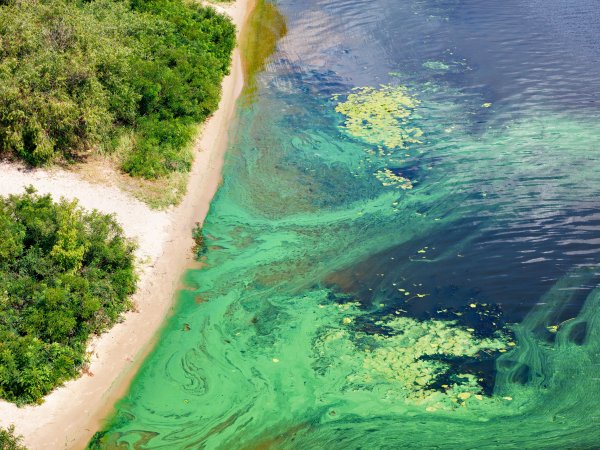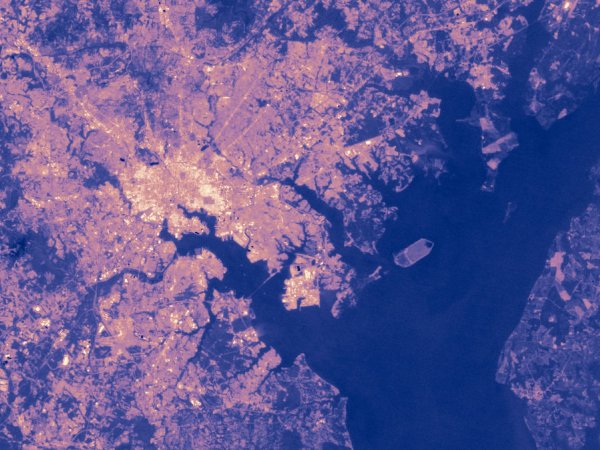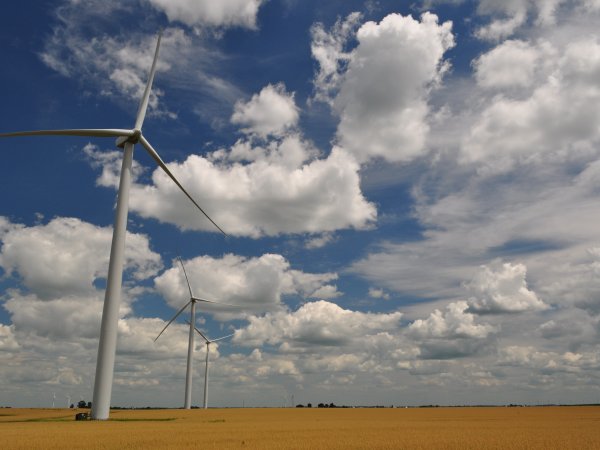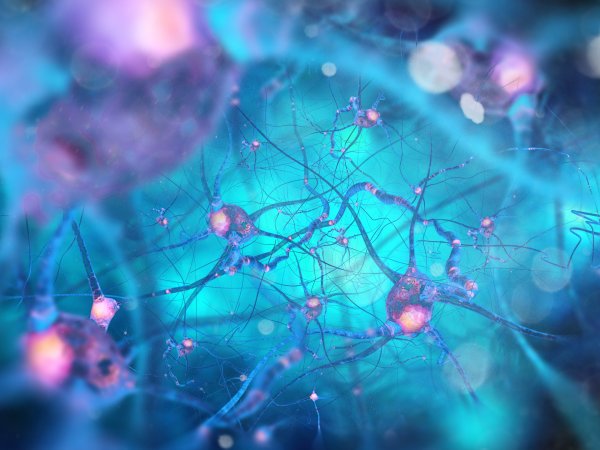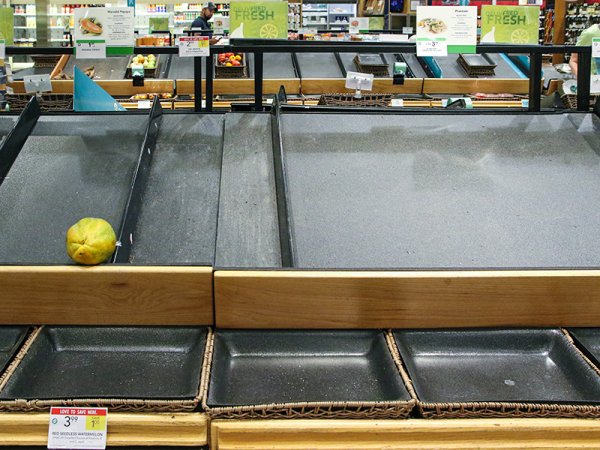Projects
Coupled Large-Scale Energy Conversion and Storage by Biphasic Redox Flow Battery and Photo-Ionic Cell
Awarded: 2020 | Project Type: IEE Seed Grant
A flow battery contains liquid phase electrodes separated by an ion-permeable membrane. Liquid solutions of redoxactive species are pumped into the cell for charging and discharging and return to external storage tank afterwards. Traditional enclosed batteries are not able to maintain discharge at peak for sufficiently long duration to adequately regulate wind or solar power output.
Deep Learning Techniques to Generate Spatially and Temporally Continuous Nitrate Data
Awarded: 2020 | Project Type: IEE Seed Grant
Nitrate contamination to streams, lakes, and estuaries is a critical problem in many agricultural watersheds. In the Chesapeake Bay and the Gulf of Mexico, excessive nutrient loading from upstream agricultural catchments leads to harmful algal blooms resulting in hypoxic conditions. Despite spending millions of dollars in agricultural conservation practices and technologies, improvements in stream health are modest. Part of the issue is the disconnect between quantifying hotspots of nutrient pollution and placement of conservation practices.
From Local Health to Global Climate: Assessing the Impacts of Early Adoption on Future Landscape of Negative Emissions Technologies
Awarded: 2020 | Project Type: IEE Seed Grant
Negative emissions technologies (NETs) are expected to play a central role in achieving climate stabilization. Despite their critical importance to the global climate, near-term deployment of NETs is often determined by local factors, such as policy incentives and human health considerations. In the United States for example, a wide range of NETs are being discussed as decarbonization options, such as afforestation, bioenergy with carbon capture and storage (BECCS), and direct air capture, amongst others.
Granulation of Algal-Bacterial Consortia for Enhanced CO2 Capture and Resource Recovery
Awarded: 2020 | Project Type: IEE Seed Grant
Management of the nitrogen (N) cycle was identified by the National Academy of Engineering as one of the grand challenges of the 21st century. Conventional biological N removal processes require high O2 demand for nitrification and high electron donor requirements for denitrification. In addition, the production of artificial fertilizer accounts for a significant amount of greenhouse gases (GHG) emission in food production. Harnessing nitrogen from wastewater, especially from agricultural wastewater, has the potential to drawdown the GHG emission in waste management and food production.
Impact of Aerosol Chemistry on Influenza Virus Stability during Airborne Transmission
Awarded: 2020 | Project Type: IEE Seed Grant
Influenza viruses cause significant disease and spread between people via aerosols; however, the behavior of influenza viruses in aerosols is poorly understood (Fig. 1). By combining the expertise of an influenza transmission scientist and an aerosol chemist, we will determine the relationship between particle chemistry and stability of an influenza virus in an aerosol particle. These findings will provide fundamental knowledge on how environmental conditions in closed environments such as hospitals or airplanes could be modified to limit influenza transmission.
Integrating Internet of Things (IoT) And Satellite Observation into Localized Weather Forecast for Urban Heat Island and Heat Wave
Awarded: 2020 | Project Type: IEE Seed Grant
One of the significant aspects of climate change is the globally rising temperature. Extreme heat events, including heatwaves and urban heat island, are producing life-threatening conditions, overheating rivers, plants, and wildlife. Localized weather can be quite different from the regional weather forecast. Localized heat forecast can help identify the regions which are prone to overheating and target warnings to citizens on potential heatwaves and provide aid to residents in time.
Laser Synthesis for Control of Water Splitting Catalyst Structure and Performance
Awarded: 2020 | Project Type: IEE Seed Grant
The electrolysis of water for hydrogen fuel production is a green alternative for the conversion and storage of electric energy when compared to traditional fossil fuels. This mechanism involves two reactions: the hydrogen evolution reaction (HER) and the oxygen evolution reaction (OER). Due to the high overpotential of the oxygen evolution reaction (OER), the practical cell voltage is within 1.8 to 2.0 V.
Lifecycle Analysis Design Framework for Sustainable Energy Infrastructure
Awarded: 2020 | Project Type: IEE Seed Grant
Infrastructure production, including the acquisition or synthesis of material feedstocks, processing feedstocks into needed forms, transportation, assembly, finishing, maintenance, and reclamation at the end of life represents a major portion of our global carbon emissions. Large-scale additive manufacturing (AM) using 3D printing offers a new approach for the creation of sustainable physical infrastructure by allowing complex objects to be custom fabricated onsite, while potentially reducing transportation costs and streamlining the entire construction process.
Linking Environmental Toxicants to Neurodegenerative Processes
Awarded: 2020 | Project Type: IEE Seed Grant
While the increase in life expectancy globally is a welcome trend, increases in age-related neurodegenerative disease will be one of the fastest growing sources of disability and societal burden. Growing evidence generated from cell, animal, and epidemiological studies supports the etiological role of environmental agents, such as pesticides [e.g., paraquat (PQ)] and metals [e.g., manganese (Mn)] in parkinsonian syndromes, a group of age-related neurodegenerative diseases.
Making Connections and Exploring Associations Between Food Insecurity, Disordered Eating, and Climate Anxiety in College Students
Awarded: 2020 | Project Type: IEE Seed Grant
We will be collecting data from college students at Penn State Behrend examining the relationship among food insecurity, disordered eating, and climate anxiety. Previous studies show that food insecure populations are more likely to experience psychological stress, meal skipping, and other irregular eating patterns, weight change, depression/depression symptoms, body dissatisfaction, and drive for thinness making food insecurity a potential risk factor for eating disorders (Barry et al., 2021; Hazzard et al., 2022).
Mapping Legal Liability from Power Market Decarbonization Policies by African Governments
Awarded: 2020 | Project Type: IEE Seed Grant
African governments are pursuing ambitious renewable energy integration reforms. However, the policy framework to catalyze this new investment is being held back by the potential for any regulatory/tax reforms to trigger financial liabilities under legacy privately developed thermal power project agreements. To date, there has not been a comprehensive analysis of these legacy liabilities or options for mitigation.
Marketing Agriculture-Based Ecosystem Services: Determining Consumer Willingness to Pay for Carbon Sequestration and Greenhouse Gas Emission Reductions
Awarded: 2020 | Project Type: IEE Seed Grant
Both industry and consumers are increasingly recognizing the role and importance of ecosystem services, as evidenced by groups like the Ecosystem Services Market Consortium (ESMC). The ESMC is a collaboration of private companies, NGOs, and researchers working to launch a national scale, agriculture-based ecosystem services market by 2022.


